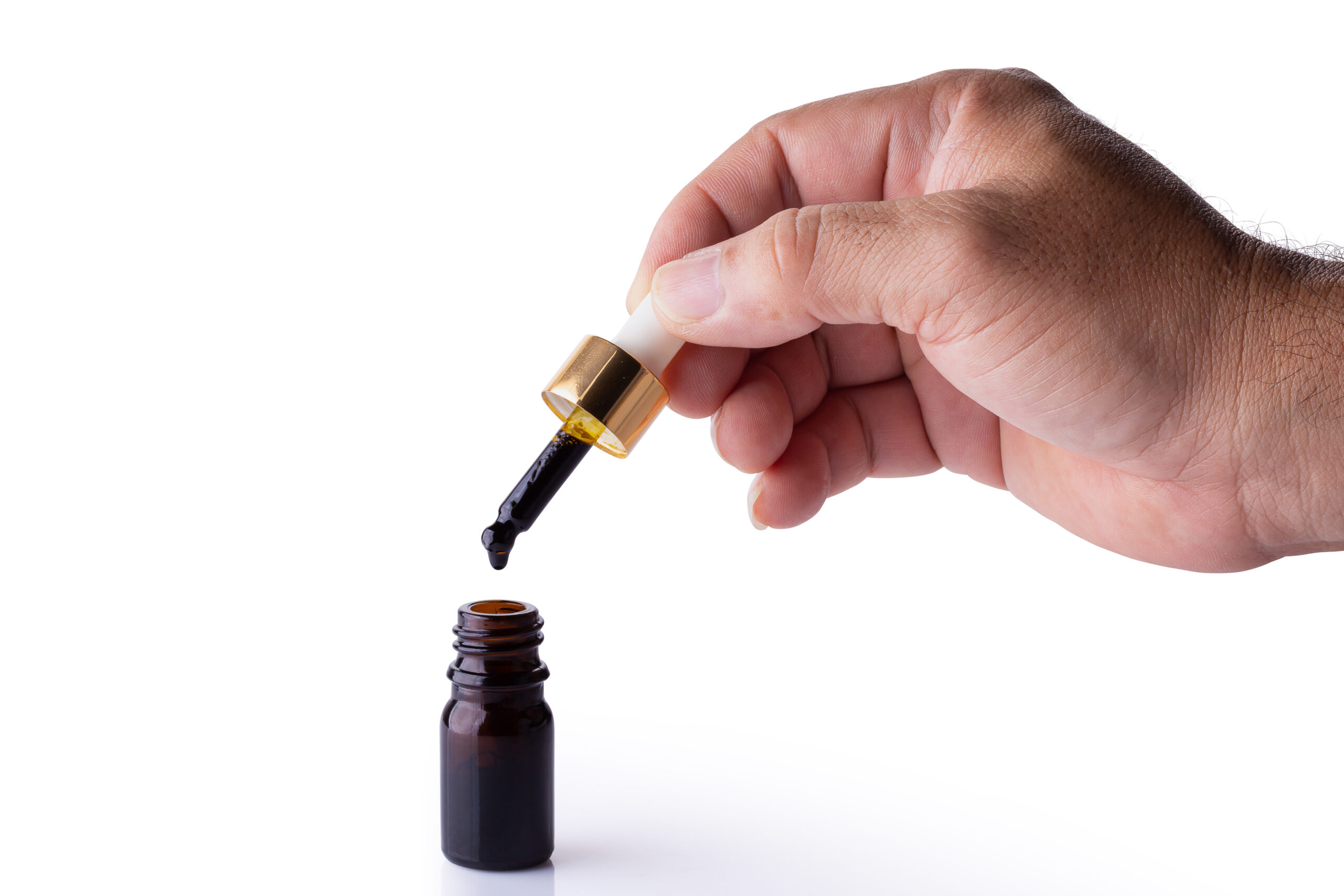
For “full-spectrum extract” (extract at complete spectrum) we intend a sub-product of the inflorescence from cannabis which aims to capture all the therapeutic compounds present in the plant at the moment of process, discarding instead all the unnecessary elements lacking pharmaceutical benefits, like lipids and fats.
Refering to cannabis, the term “spectrum” is used to indicate the total of compounds produced by the trichomes of the plant, tiny glandular appendices present during the blooming. They appear mostly on the surface of floral bodies and they produce a very sticky resin containing an outstanding number of chemical molecules, used by the plant for different purposes (ex. For defence).
Bio-active molecules produced by Cannabis
In the past few years scientific research has attributed these molecules significant therapeutic properties, especially in the treatment of pain or anti-inflammatory therapies. Today, the main molecule used by medics is CBD, a cannabinoid which differentiates from its alter-ego THC, by having no psycho-active effects, which are typical of the consumption of cannabis with high levels of THC.
The cannabinoids, despite their relevance, are just the tip of the iceberg for the whole range of molecules produced by this plant. Cannabis, in fact, produces a high variety of compounds that could have therapeutic use. These compounds include aromatic terpenes, flavonoids, proteins, phenols and esters. Recently, with the increased use of cannabis sub-products in treating different illnesses, it has been noticed that the products containing these “secondary” compounds and the ccannabinoid have more benefits in treating illness compared with the isolated compounds, which contain the active principles (THC or CBD or both) in purity. This has been attributed to the entourage effect, that is the synergy of different Bio-active substances present in the cannabis plant.
Here is the list of some terpenes in detail:
– β-myrcene: this molecule, by stimulating the release of endogenous opioids, appears to increase the pain relief effect of the THC and CBD. Overall, for its strong tranquillizing and muscle-relaxing effect of the ß-mircene, we think that this terpenoid is involved in the phenomenon known as “couch-lock (literally nailed to a couch) of the THC.
– α-pinene: acts as a repellent for insects on the cannabis plant. In superior organisms, this molecule appears to increase the anti-inflammatory properties of CBD. It has been proven, as well, that it manages to inhibit a key enzyme of the brain, the acetylcholinesterase. This, theoretically, could lower the memory and thought dysfunctions typical of THC.
– β-caryophyllene: this molecule too seems to have a synergic effect with THC; it benefits the anti-inflammatory and pain relief properties of the cannabinoids, by inhibiting the prostaglandin E1 and the activation of the receptor CB2 respectively
– D-limonene: is the second most widely distributed terpene in nature. By contrast with other terpenes it has a low affinity with cannabinoid receptors, but synergizes the anti-anxiety, anti-stress and sedative effects of CBD, increasing serotonin and dopamine in the body.
How to obtain a full-spectrum extract
The methods used to create the full-spectrum extracts have to be quite sophisticated to maintain the desired compounds inside and the undesired ones out of the final product. The ways to produce them are based on the use of solvents or the use of simple pressure to extract the higher amount of components possible. The processing temperatures, in any case, have to be kept low to avoid ruining the heat-sensitive compounds like terpenes. To be sure of the presence of these different components and of others, it’s necessary to use fresh plant material, frozen immediately after harvest.
In recent times the best solvent for this type of extraction is CO2 in its supercritical state. Thanks to this inert, non-toxic and extremely efficient solvent which, above all, has manageable properties by parameters such as temperature and pressure, full-spectrum compounds free of undesired pollutants like fats and waxes can be obtained.
Note the chemical profile of the final product will depend on:
_ strain or variety: these differences have a genetic base and can be truly significant.
_ state of the material used for extraction, fresh or desiccated.
_ the plant’s age: during the bloom of the flower its terpene profile varies.
– Environmental conditions: besides genetics, the second factor in determining the plant’s chemical profile, especially regarding the concentration and quantity of each bio-active molecule.

